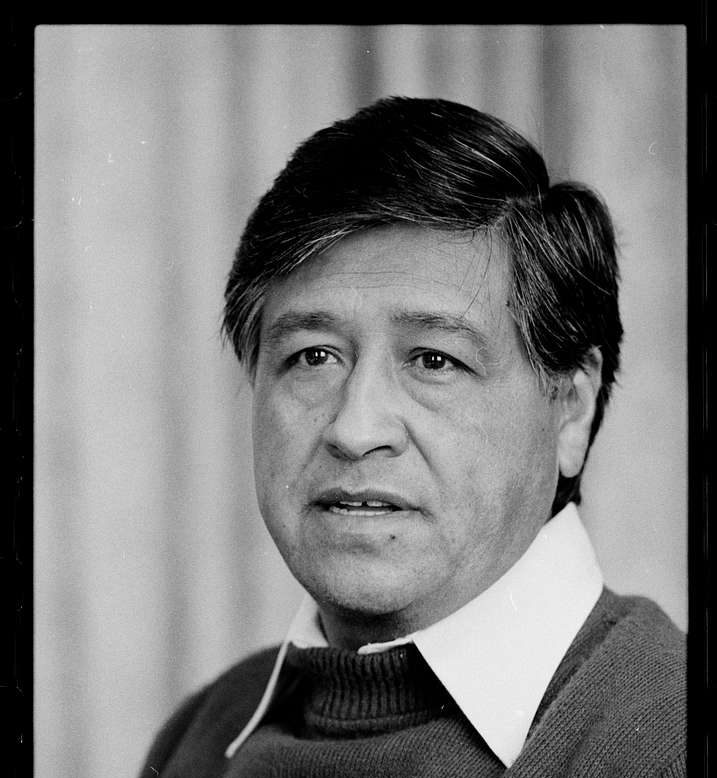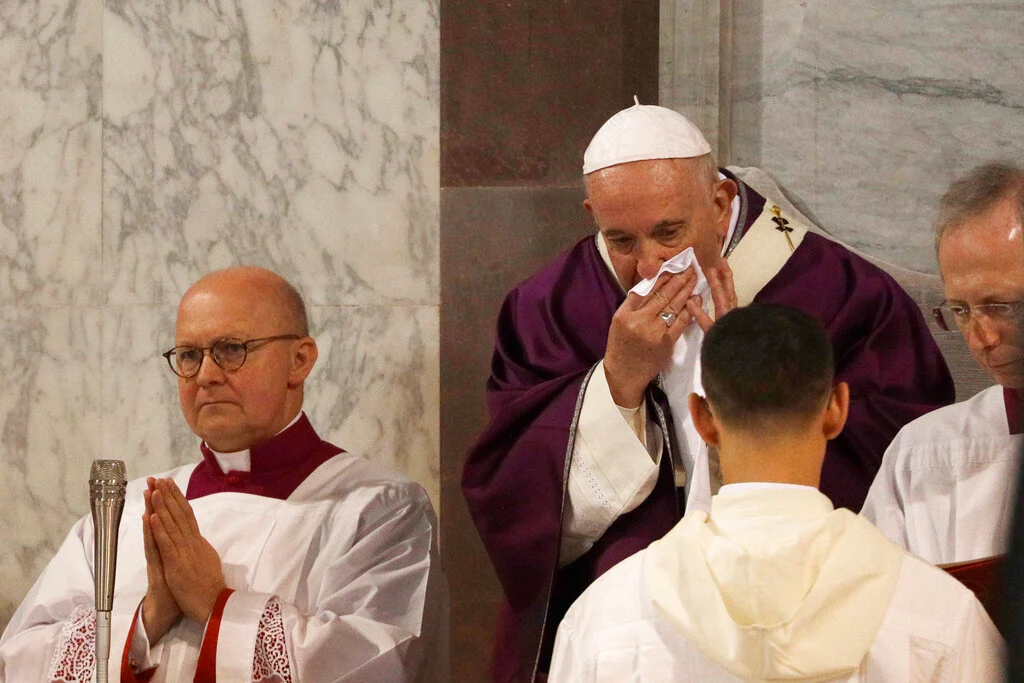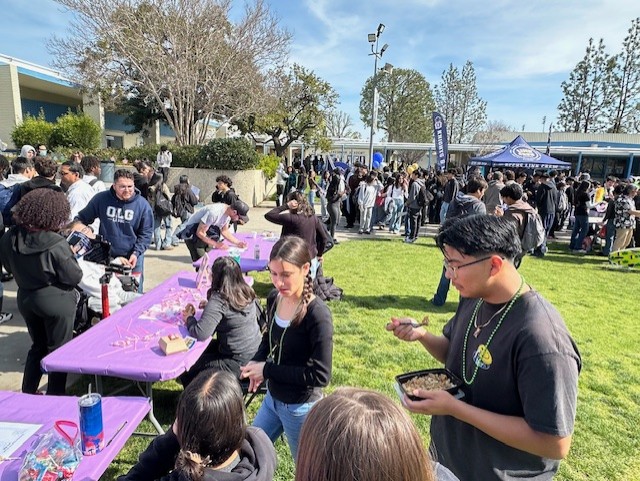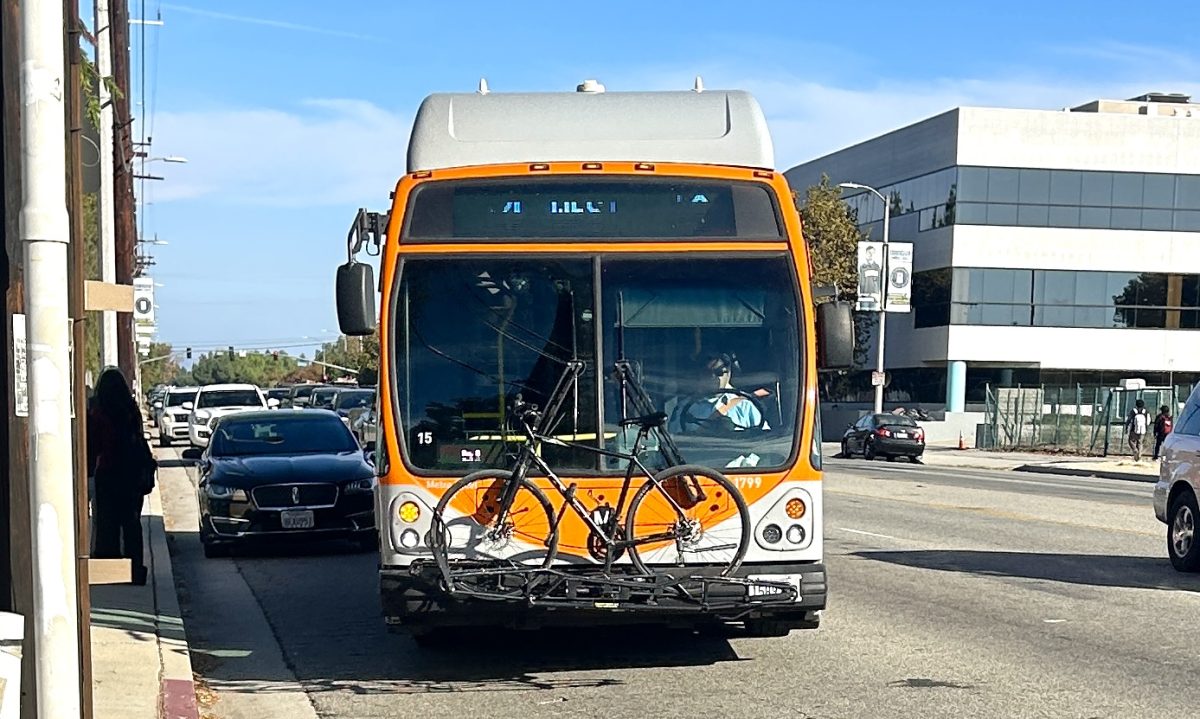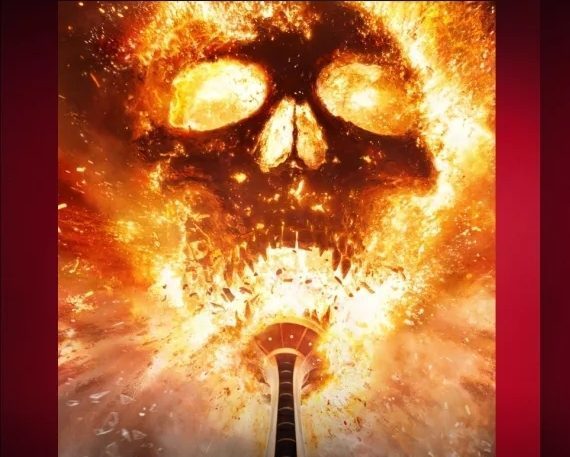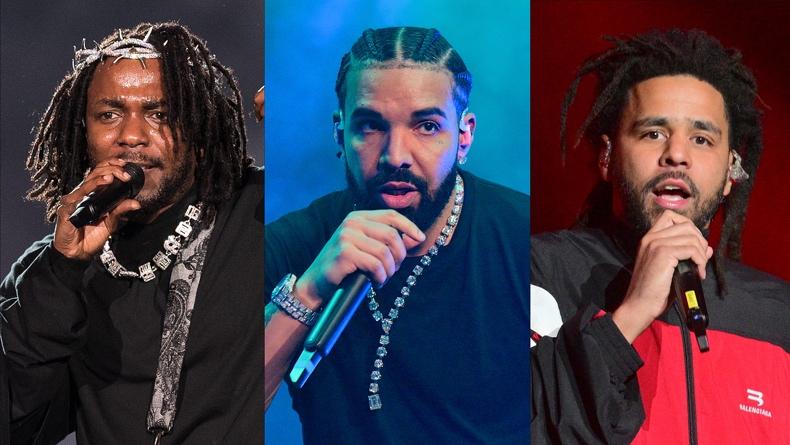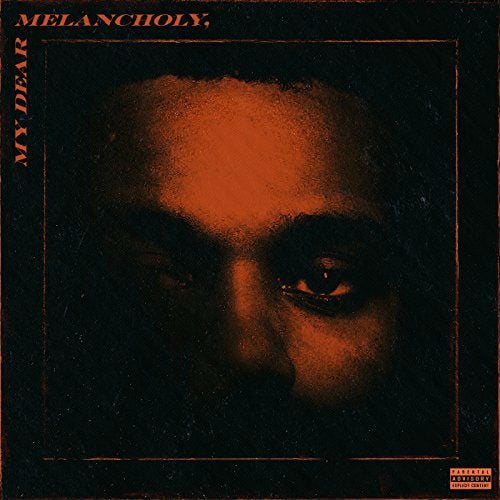In February 2025, a wave of student-led protests swept across the United States in response to the Trump administration’s intensified deportation policies. These demonstrations, reminiscent of past civil rights movements, underscored the students’ commitment to advocating for immigrant rights and opposing perceived injustices.
The protests were widespread, involving thousands of students from various educational institutions. In East Los Angeles, hundreds of high school students walked out of classes on February 4, 2025, to oppose the administration’s immigration policies. Similarly, on February 19, approximately 200 students at the University of California, San Diego, rallied against mass deportations, emphasizing the need for institutional support for undocumented students.
The primary objective of these walkouts was to protest the administration’s aggressive deportation strategies, which many students viewed as unjust and discriminatory. The detainment of Mahmoud Khalil, a Palestinian student at Columbia University, became a focal point, symbolizing the broader implications of the administration’s policies on free speech and civil liberties.
The nature of the protests varied by location. In East Los Angeles, students from multiple high schools converged, marching through the streets with signs and banners advocating for immigrant rights. While at the Van Nuys City Hall, students gathered on campus grounds, delivering speeches and rallying support for affected communities.
The duration of the protests varied. Some were single-day events, while others were extended over several days or weeks, depending on local organizing efforts and responses from authorities. For instance, the UC San Diego protest on February 19 was a one-day rally, whereas other institutions experienced prolonged activism.
While the protests were predominantly student-led, they received support from various faculty members and community organizations. At some events, teachers and local activists provided resources, guidance, and solidarity, emphasizing the communal nature of resistance.
The protests attracted a diverse coalition of students. While many participants were from immigrant backgrounds, numerous allies from different ethnicities and nationalities joined in solidarity, highlighting the universal appeal for justice and human rights.
Responses varied across institutions. Some school officials expressed support for the students’ right to protest, emphasizing the importance of civic engagement. However, in certain instances, authorities attempted to deter participation through warnings or increased security measures.
Some students chose not to participate due to concerns about academic repercussions, potential disciplinary actions, or personal beliefs differing from the protest’s objectives. Fear of confrontation with authorities and the desire to maintain academic standing were significant factors influencing their decisions.
The 2025 student walkouts against President Trump’s deportation policies were a testament to the unwavering spirit of young activists.


